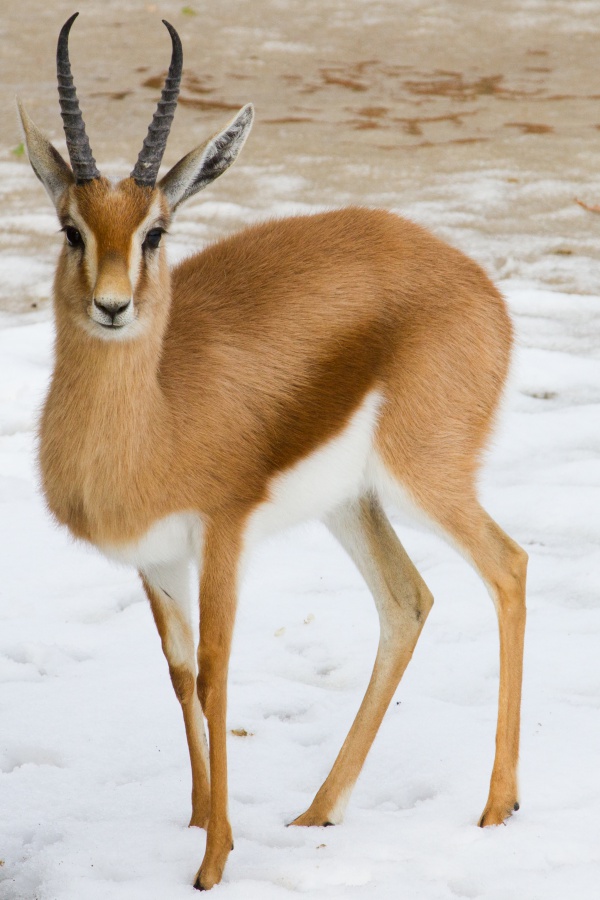Facts About Dorcas gazelle
The dorcas gazelle, also known as the Ariel gazelle, is a small yet widespread species found across Africa and Arabia. These graceful animals stand about 55–65 cm tall at the shoulder and weigh between 15–20 kg. In the wild, there are approximately 35,000–40,000 dorcas gazelles, with various subspecies thriving in different habitats.
Scientifically known as *Gazella dorcas*, this species belongs to the genus Gazella and the family Bovidae. The dorcas gazelle was first described by the renowned scientist Carl Linnaeus in 1758. Today, we recognize six subspecies, each with its distinctive traits.
Dorcas gazelles are well-adapted to life in the desert. Remarkably, they can survive without drinking water, deriving all the moisture they need from the plants they consume. These gazelles are most active during the cooler parts of the day, such as dusk and dawn, when they forage for a variety of vegetation.
During the breeding season, adult males become territorial. The gestation period for dorcas gazelles is about six months, typically resulting in the birth of a single fawn.
Regrettably, dorcas gazelles face numerous threats. Human hunting, predation by animals such as cheetahs, leopards, wolves, and lions, and habitat loss due to human activities all pose significant risks. Additionally, the trade of their pelts and horns for decorative and medicinal purposes further endangers the species.
Given these challenges, the population of dorcas gazelles is in decline. This underscores the urgent need for conservation efforts to protect these beautiful animals and their natural habitats.

 Saudi Arabia
Saudi Arabia